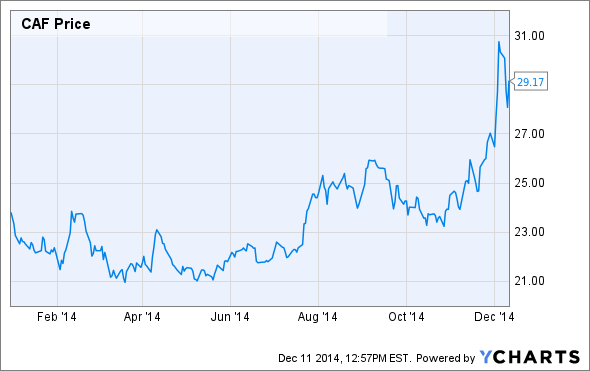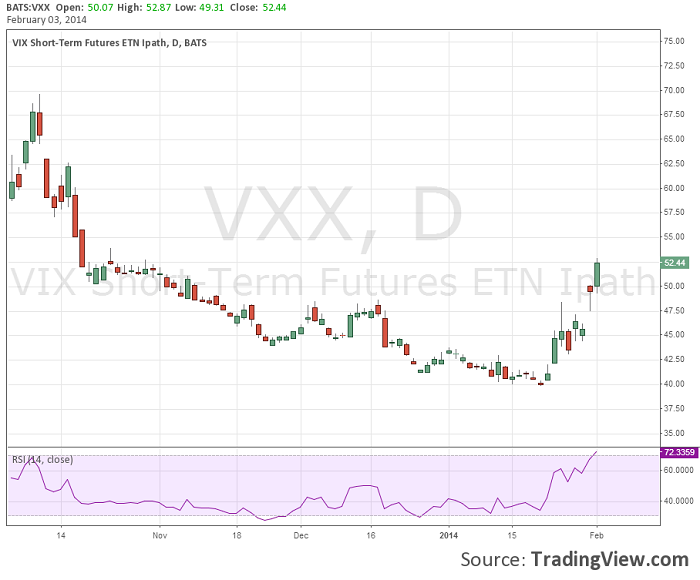Specialty ETFs
Post on: 21 Июнь, 2015 No Comment

6 types of specialty ETFs
1. Commodity ETFs
These ETFs invest in physical commodities like precious metals, natural resources and agriculture. They work either by actually holding and storing the commodity they invest in (for example, gold or grain), or by tracking a commodity index through physical holdings and derivatives. Commodity ETFs tend to be higher risk because they are concentrated in one sector and the prices of commodities move frequently.
2. Inverse ETFs
An inverse ETF allows investors to “short” an index. It’s called “inverse” because it profits when the index declines (and vice versa) – so if a particular index falls 10% the inverse ETF based on it would (in theory) rise 10%. Inverse ETFs can be risky for investors who hold them for too long – they are designed for day-to-day use and investors should monitor their performance daily.
3. Currency ETFs
Currency ETFs invest in a single currency (for example, the U.S. dollar) or basket of currencies (for example, emerging markets). The goal is to follow the movements of those currencies in the foreign exchange market. Currency ETFs can be risky – if the underlying currency or currencies experience big changes in price, you could lose money.
4. Covered call ETFs
These ETFs write covered calls (sell call options on the stocks that the ETF owns) to generate additional income (in the form of premiums).The call option buyer buys the option to buy the stock from the ETF at the predetermined price in the future. While they’re designed to provide income, covered call ETFs do have risks. For example, if the stock price increases dramatically, the ETF would lose the opportunity to profit from the price increase beyond the predetermined price of the corresponding call option.
5. Managed futures ETFs

Managed futures ETFs use commodity futures (speculating on the future price of commodities such as natural gas or copper) to deliver positive returns in both up and down markets. They do so by taking both short and long positions to follow market trends. However, if the markets don’t follow that particular trend, you could lose money.
6. Hedge fund ETFs
Hedge fund ETFs aim to mirror the stock picks of major hedge funds. For the most part, these ETFs use monthly published data on a particular hedge fund’s holdings. However, hedge funds often buy and sell their holdings quickly (day-to-day), so by the time the holdings are published the ETF might not be an accurate reflection of the underlying fund. And they might see greater volatility in difficult market conditions – a risk for investors.
ETFs that primarily use derivatives
As an alternative to investing directly in various assets like stocks or bonds, some ETFs gain exposure to the performance of those assets primarily through the use of derivatives like forwards and futures.














